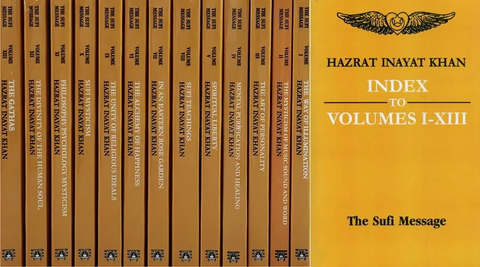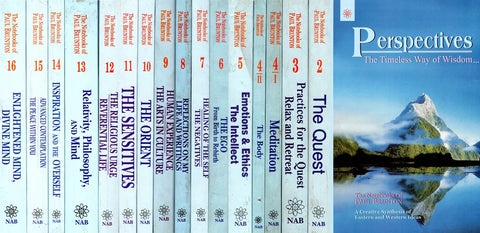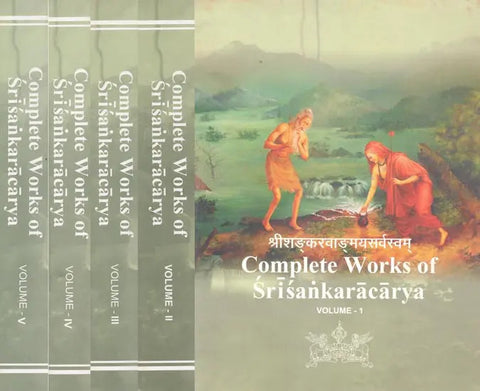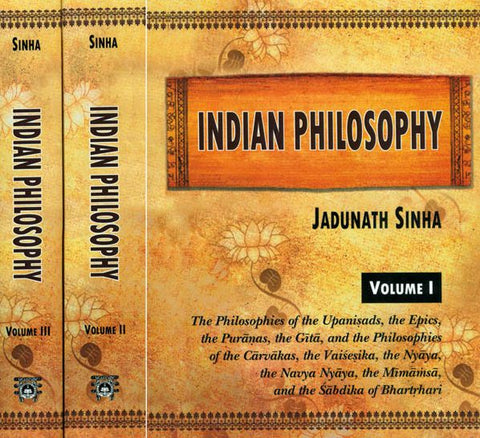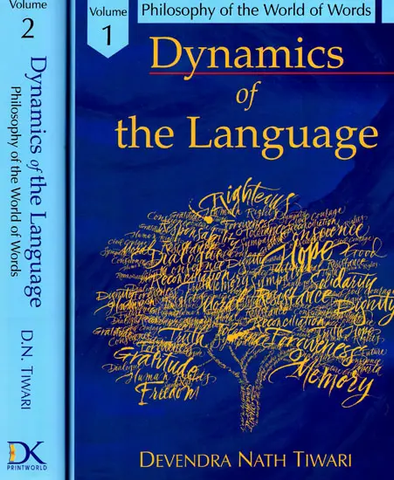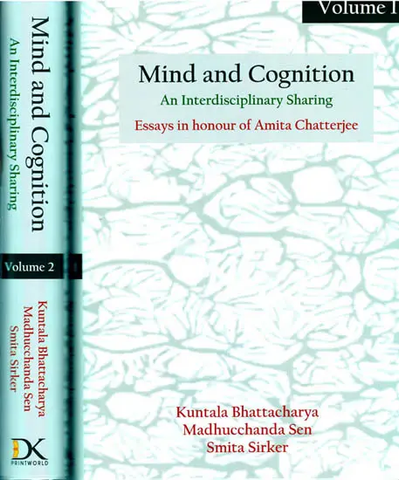Your cart is empty now.
This is a reprint of the English Translation of the Nyaya Sutras of Gautama by Mm. Dr. Ganganatha Jha is a versatile Sanskrit scholar who will be remembered for his dedicated and selfless pioneer work and immense contribution to the field.
The work was first published serially in the Indian Thought (Vols. IV-XI), a quarterly journal devoted to Sanskrit learning, over a period of eight years from 1912 to 1919.
Dr. Jha's translation covers a large field and includes, besides the original Sutras of Gautama, the Bhasya of Vatsyayana and the Vartika of Uddyotakara in full as well as relevant notes from Vacaspati Misra's Nyayavartika-tatparyatika, Udayana's tatparyaparisuddhi and Raghutama's Bhasyacandra. The work naturally became enormous in bulk and it is not surprising that it took for its completion so many years and so much energy of the author and as many as 1800 pages in print.
This reprint of the great work is issued in response to the increasing demand of scholars.
This is a reprint of the English Translation of the Nyaya Sutra; of Gautama by Mm. Dr. Ganganatha Jha is the versatile Sanskrit scholar who will ever be remembered for his dedicated and selfless pioneer work and immense contribution in the field.
The work was first published serially in the Indian Thought (Vols. IV-XI), a quarterly journal devoted to Sanskrit learning, over a period of eight years from 1912 to 1919.
Dr. Jha’s translation covers a large field and includes, besides the original Sutras of Gautama, the Bhasya of Vatsyayana and the Vartika of Uddyotakara in full as well as relevant notes from Vacaspatimisra’s Nyayavartika•tatparyatika, Udayana’s Tatparyaparisuddhi and Raghuttama’s Bhasyacandra. The work naturally became enormous in bulk and it is not surprising that it took for its completion so many years and so much energy of the author and as many as 1,800 pages in print. Perhaps this also explains why in spite of the great utility and importance of the work no publisher could venture to bring it out in a book form during the past so many decades.
We are offering with great pleasure to the interested readers this reprint of the great work in response to the increasing demand of the scholars and believe that it will be received in a befitting manner.
Not being learned in the ‘Science' or ‘Art` of ‘ Chronology,’ I have secured a contribution on that subject from my colleague, Pandit Gopinatha Kaviraj, which is printed here as the ‘ Introduction’ ; and I am thankful to him for having thus removed a serious defect from the present work. It remains for me only to indicate in brief the materials that I have made use of in preparing this translation. For the Bhasya I have relied mainly upon the Edition published in the ‘ Vizianagram Sanskrit Series ’ and for the Vartika on the Edition in the ‘ Bibliotheca Indica ’; for the latter I was also helped, after having finished Adhyaya I, by the Second Edition (or rather ‘ reprint ’) of the work in the Benares Series. In the case of the former I was helped by the following manuscripts:—
I. Palm-leaf styled in the notes as ‘Puri Ms. B’ which contains the Bhasya from 1-2-4 to the end.
II. Palm-leaf styled as ‘Puri Ms. A,’ containing the Bhasya from the beginning to 3-2-42.
III. A palm-leaf Ms. of the Sutra only. These three were kindly lent to me by the revered Shankaracharya of Govardhanamatha, Puri.
IV. A palm-leaf Ms. of the Bhasya, Adhyuya V only- styled ‘C.’
V. A palm-leaf Ms. of the Bhasya, Adhyaya V only- styled ‘D.’
VI. Paper Ms. of the Sutra only belonging to Jagadish Mishra.
VII. Paper Ms. of Sutra only belonging to Babu Govinda- dasa.
Every one of these manuscripts was found to be quite correct, especially the first two, which proved of incalculable help in fixing the text of the Bhasya in several places.
For the Tatparya I have used the edition in the ‘Vizianagram Sanskrit Series.’
For the Parishuadhi, I have had to rely upon a manuscript secured for me several years ago from Madras, by my friend Babu Govindadasa.
Of the Bhasyachandra, I had a single manuscript, obtained from Babu Grovindadasa’s valuable collection. In addition to these, I have also used, for my notes, (a) the Bodhasiddhi also called Nyayanarishista of Udayana, and the Anviksanayatattvabodha of Vardhamana;-manuscripts of both of them having been secured for me by Mahamahopadhyaya P. Vindhyeshwari Prasad Dube of the Sanskrit College Library.
The translation of Vatsyayana was taken up in sheer "bravado," if the use of such a term be permissible in this connection. The first scholar to try his hands on it was the late Dr. Ballantyne, who handed down the task to his pupil Mahamahopadhyaya P. Keshavashastri, who carried on the work up to a few pages and then apparently gave it up. Subsequently, the work was taken up by a friend of mine at Calcutta; but when I asked him, after a few years, how far he had progressed, he told me frankly that the work was terribly difficult and so he had given it up. Then and there I made up my mind to undertake the work,-and to make the task still more difficult, and hence worth doing took up the Vartika also.
How far I have succeeded in this audacious task, it is for the learned to judge, and in their hands I leave it, desiring no better tribunal to adjudicate upon my work and upon my reputation.
The Works, of which an English translation has been offered for the first time in the following pages, consists of (a) Nyaya-sutras by Gotama, (b) Nyaya-bhasya by Vatsyayana and (c) Nyaya Vartika by Uddyotakara. Vachaspati Misra’s Tatparyatika, Udayana’s Tatparyaparisuddhi, and Raghut- tama’s Bhashyachandra, have been utilized only in so far as they have been deemed useful for illuminating the more obscure points in the Sutras or in their Commentaries.
The history of Nyaya remains still to be written, and it is not known with certainty how and when this system came to be associated with Vaishesika. In the Ny5.ya• bhasya, and naturally, in all subsequent works based upon it, we find the two systems generally mixed up. The Vaishesika categories are everywhere tacitly assumed in Nyaya, and, though on certain points, metaphysical (e.g. ’ pilupaka ’ versus ‘pitharapaka’) and epistemological (e.g. recognition of the number of pramanas, viz. four in Nyaya and two in Vaiséshika), the two schools diverge from each other, their general harmony is still very remarkable and would seem to be fundamental. In the present state of our knowledge, it is not possible to discriminate the two systems with any degree of accuracy, except by characterizing one as mainly logical and methodological and the other as metaphysical. And besides this, there are other factors to be counted.
There have been theological influences at work in the elaboration of the ideas of each school. The allied Jain and the system as a whole. The age in which the early Nyaya literature was written was an age of polemics, and until the history of contemporary thought, especially what is revealed in the oldest Buddhist and Jain literature, comes to be written, all speculations regarding the fundamental character of this literature are bound to him more or less unsuccessful. Then again, there is the almost insurmountable difficulty of determining, in the case of the Sutras and the Bhasya, whether the whole work proceeded from one author or consists of parts ascribable to different authors belonging to different times. The subject is complicated, and a study of the Bhasya and of the Vartika is calculated to be very helpful in this direction.
VOLUME I
| Publisher's Note | v |
| Preface | ix |
| Introduction | xi |
| Enunciation of Subjects, Purpose, and Connection of the Treatise | 1 |
| Importance of the Shastra | 79 |
| Defintion of Pramanas | 97 |
| Perception | 111 |
| Inferential Cognition | 153 |
| Analogy | 196 |
| Word | 200 |
| The Objects of Cognition | 210 |
| Soul | 216 |
| Body | 233 |
| The Sense-Organs | 238 |
| The Material Substances | 243 |
| Apprehension (Buddhi) | 265 |
| Mind (Manas) | 268 |
| Activity (Pravritti) | 275 |
| Defect (Dosa) | 276 |
| Rebirth (Pretyabhava) | 279 |
| Fruition (Phala) | 280 |
| Pain (Duhkha) | 282 |
| Final Release (Apavarga) | 284 |
| Preliminaries of Reasoning | 299 |
| Doubt (Samshaya) | 299 |
| Motive (Prayojana) | 339 |
| Example (Dristanta) | 341 |
| The Basis of Reasoning : Doctrine (Siddhanta) |
343 |
| Reasoning | 355 |
| The Statement of the Proposition | 360 |
| The Statement of the Probans | 383 |
| The Statement of the Example | 424 |
| The Statement of the Reaffirmation | 436 |
| The Final Conclusion | 438 |
| Factors Supplementary of Reasoning | |
| Hypothetical Reasoning (Tarka) | 445 |
| Definitive Cognition (Nirnaya) | 458 |
| Controversy | 471 |
| Disputation | 514 |
| Wrangling | 521 |
| Fallacies | 523 |
| The Inconclusive Probans | 539 |
| The Contradictory Probans | 546 |
| The Neutralized Probans | 552 |
| The Unknown Probans | 556 |
| The Belated or Mistimed Probans | 560 |
| Casuistry | 566 |
| Detailed Examination of Doubt | 585 |
| Detailed Examination of Pramanas in General | 606 |
| Detailed Examination of Perception | 661 |
| Examination of the Nature of Composite Wholes | 707 |
| Examination of Inference | 798 |
| Examination of the Nature of Time - especially the Present | 805 |
| Examination of Analogical Cognition | 816 |
| Examination of Word in General | 825 |
| On 'Word' in Particular | 847 |
| The Exact Number of Pramanas | 881 |
| Non-eternality of Words | 903 |
| Modifications of Sound | 987 |
| Examination of the Nature of Words and Their Potencies | 1009 |
| The Soul is something distinct from the sense-organs | 1067 |
| The Soul is distinct from the Body | 1104 |
| The Soul is different from the Mind | 1146 |
| The Soul is Eternal | 1152 |
| The Exact Nature of the Body | 1172 |
| The Sense-organs and their Material Character | 1180 |
| The Sense-organs: One or Many | 1218 |
| Examination of Objects of Sense-organs | 1244 |
| Transient Character of Buddhi (cognition) | 1265 |
| Examination of the Theory that Things of the World are Undergoing Destruction Every Moment | 1293 |
| Buddhi is a Quality of the Soul | 1329 |
| Buddhi is not a Quality of the Body | 1383 |
| The Mind | 1395 |
| The Body is formed under the influence of the Unseen Force | 1400 |
| General Examination of Activity and Defect | 1429 |
| Defects divided into three Groups | 1432 |
| Examination of Rebirth | 1443 |
| Examination of the Theory that Things of the World are produced out of the Void | 1449 |
| Examination of the Theory that God is the Cause of the Universe | 1456 |
| Examination of the View that the World is the Result of Chance | 1481 |
| Examination of the View that all Things are Evanescent | 1486 |
| Examination of the Theory that all Things are Eternal | 1492 |
| The Refutation of the view that all is Diversity, there is no Unity | 1504 |
| The Refutation of the Theory that all is mere Void | 1511 |
| Examination of certain Sweeping Assertions in regard to the exact number of things | 1523 |
| On Fruition | 1528 |
| Examination of the Nature of Pain | 1548 |
| Examination of the Nature of Final Release | 1555 |
| Appearance of True Knowledge | 1577 |
| Components and Composites | 1586 |
| Atom being without parts | 1608 |
| Refutation of the Denial of the External World | 1628 |
| The Development of True Knowledge | 1647 |
| The Defending of True Knowledge | 1657 |
| The Futile Rejoinders | 1659 |
| Parity per Similarity and Parity Per Dissimilarity | 1665 |
| Parity per Argumentation, Parity Per Subtraction, Parity per Uncertainty, Parity per Certainty, Parity per Shuffling and Parity per Probandum |
1672 |
| Parity per Convergence, Parity per Non-convergence | 1681 |
| Sarity per Continued Question, and Parity per Counter-instance | 1685 |
| Parity per Non-generation | 1691 |
| Parity per Doubt | 1695 |
| Parity per Neutralization | 1697 |
| Parity per Non-productiveness | 1700 |
| Parity per Presumption | 1703 |
| Parity per Non-difference | 1705 |
| Parity per Evidence | 1708 |
| Parity per Apprehension | 1710 |
| Parity per Non-apprehension | 1713 |
| Parity per Non-eternality | 1718 |
| Parity per Eternality | 1722 |
| Parity per Character of Effect | 1726 |
| The Six Steps of a Futile Discussion | 1729 |
| Clinchers or Grounds of Defeat | 1736 |




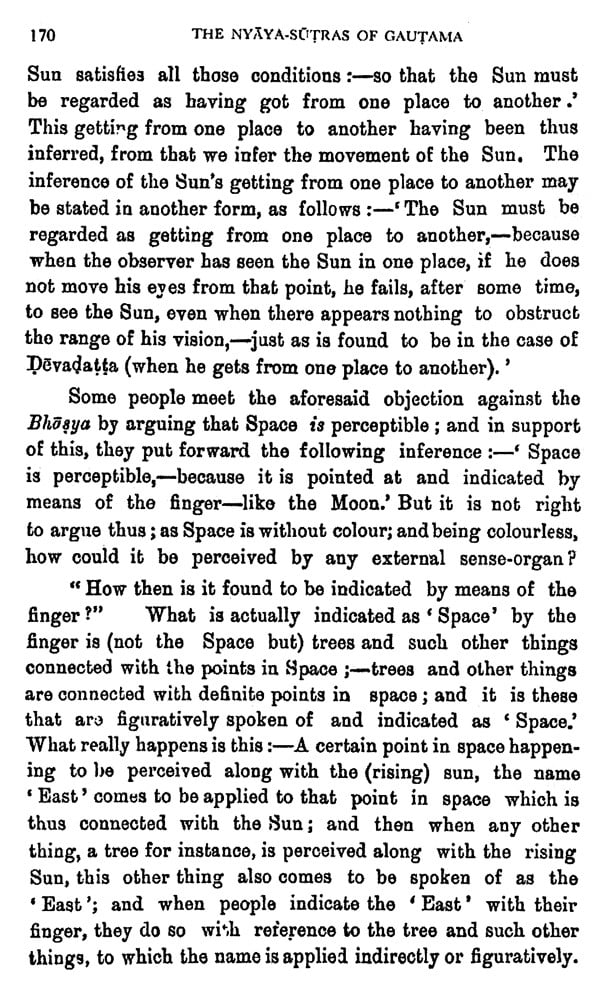
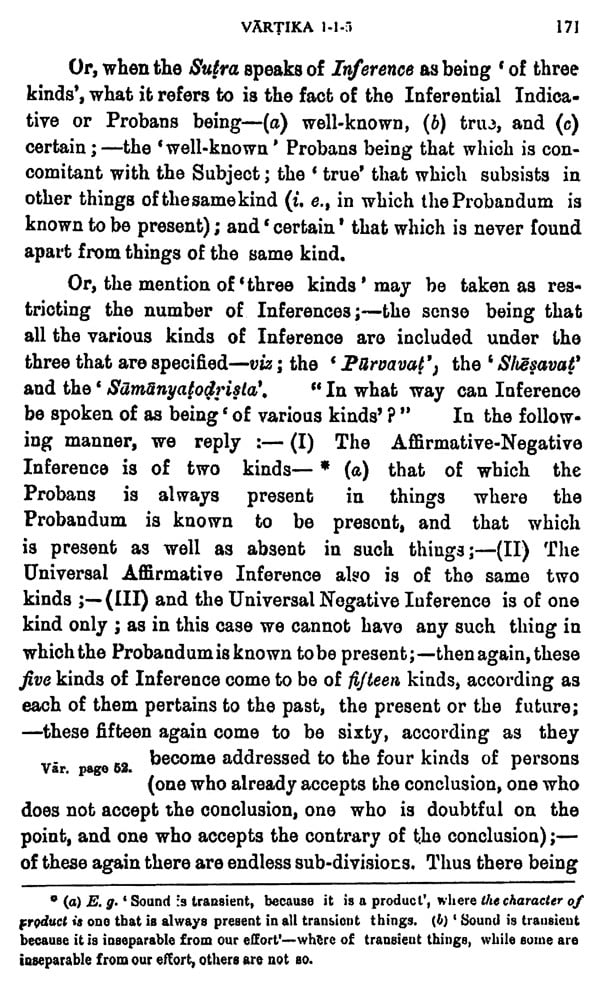

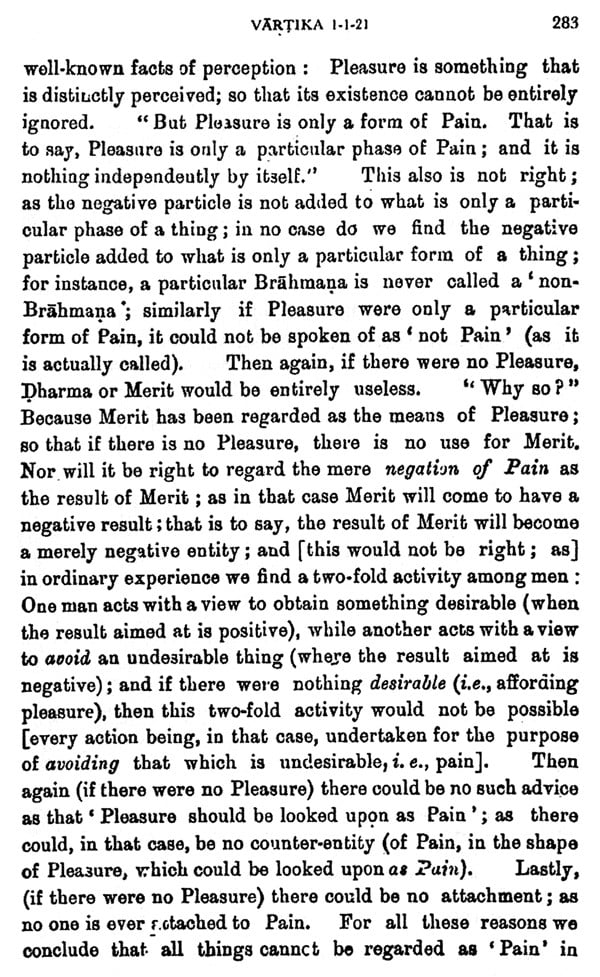

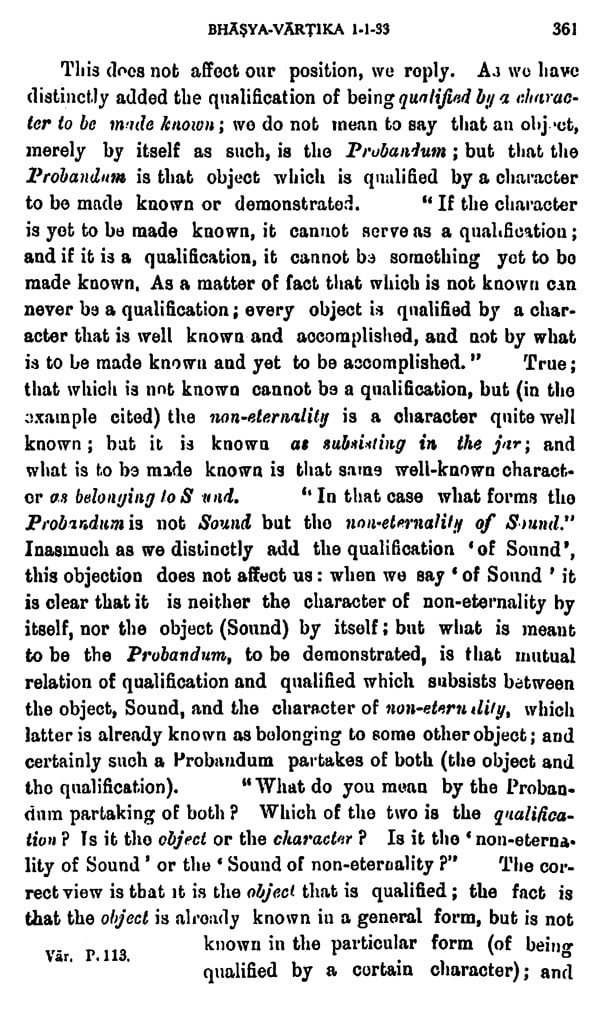
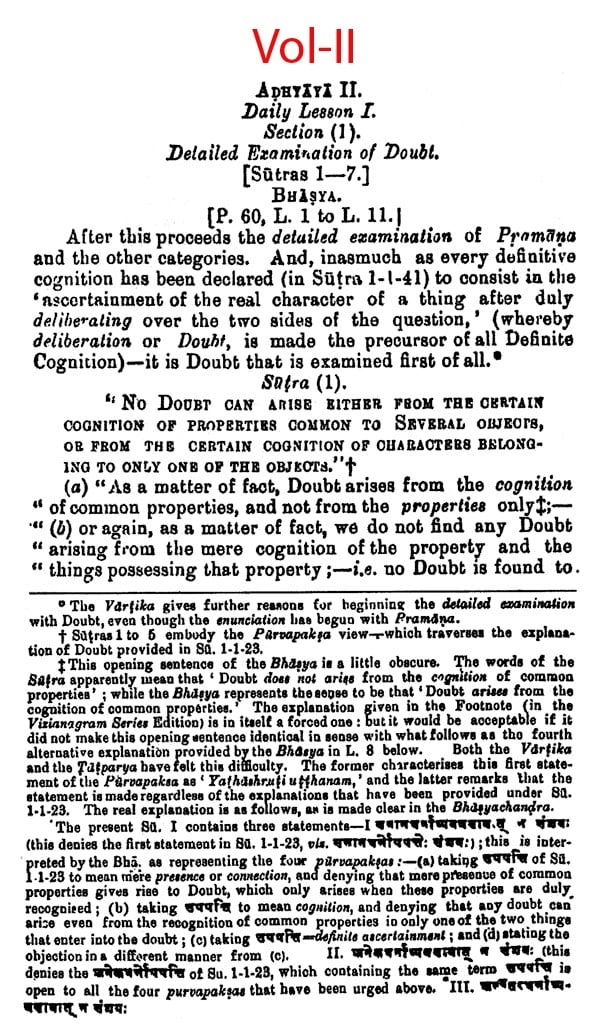
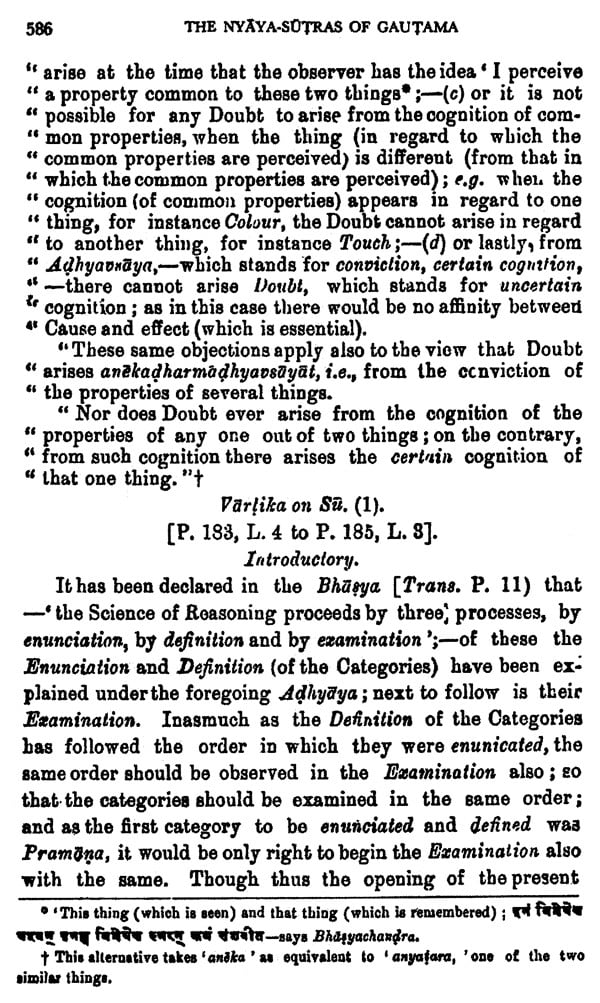
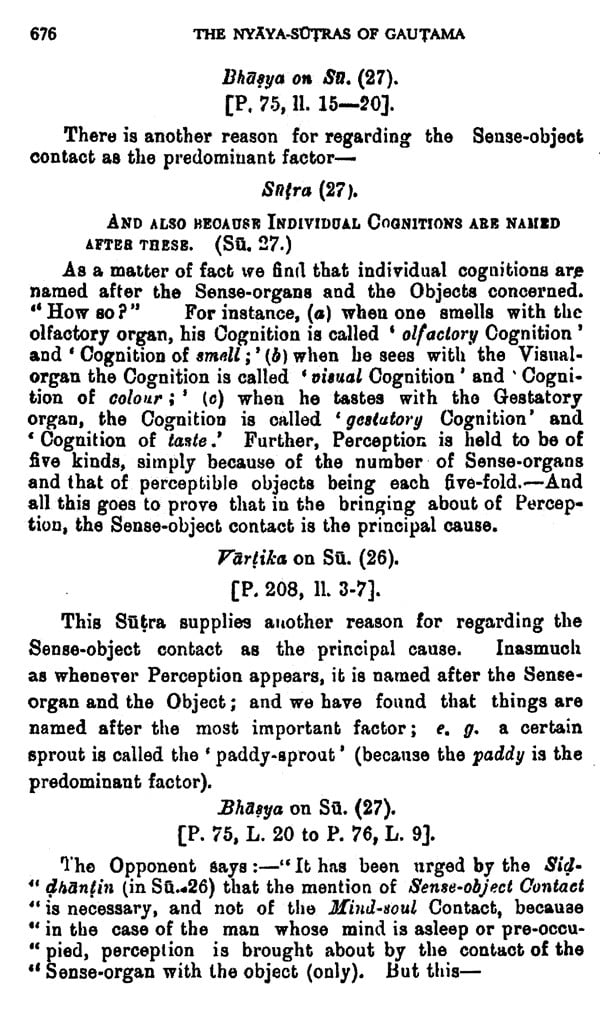
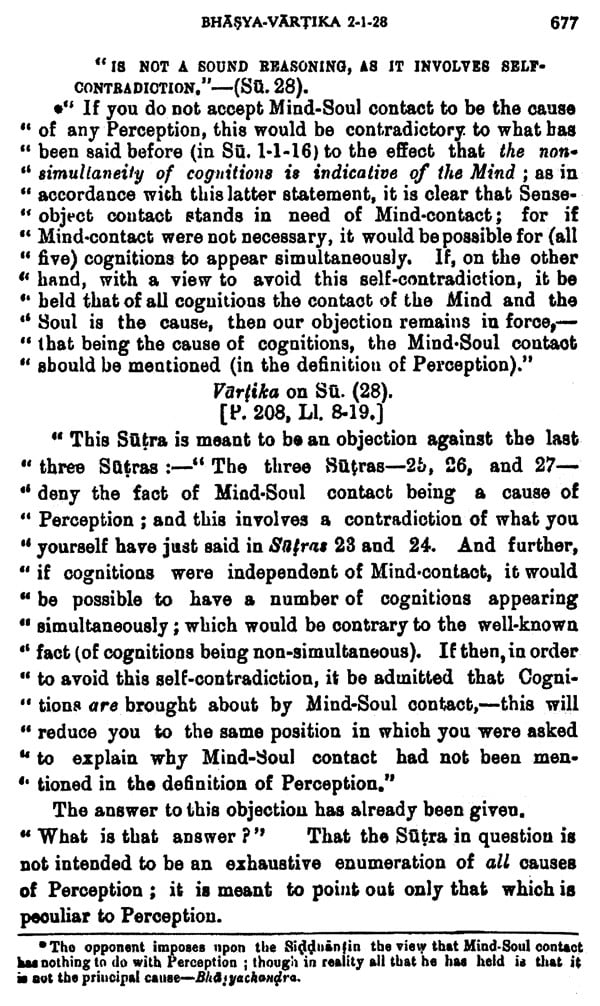





Delivery and Shipping Policy
- INTERNATIONAL SHIPPING
- Rs.1000-1100/kg
- ESTD. Delivery Time: 2-3 weeks (depending on location)
- Bubble Wrapped with Extra Padding
- NATIONAL SHIPPING
- NCR: Rs. 30/half kg
- Standard: Rs. 80/half kg
- Express shipments also available on Request
- ESTD. Delivery Time: Ranging from 1-4 days up to 7 business days (Depending on your choice of Delivery)
- TRACKING
- All orders; national or international, will be provided with a Tracking ID to check the status of their respective orders
- Depending on the Shipping Service, Tracking ID may be used on their respective tracking portals
Frequently Asked Questions (FAQs)
Domestic Shipping: 3-4 Days (after shipping)
International Shipping: 1-2 weeks (based on your location)
You will receive an email once your order has been shipped or you can email us if you didn't receive tracking details (info@mlbd.co.in)
Every book that we sell is the latest edition except all the rare books
Yes, we do provide free shipping, only on domestic orders (within India) above Rs.1500

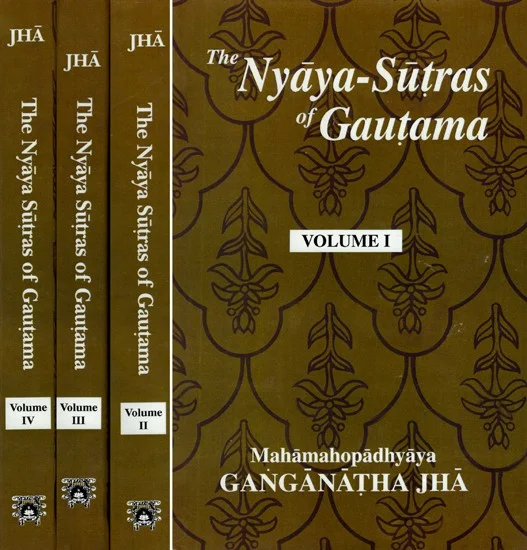
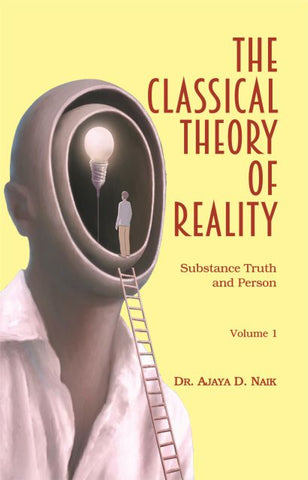
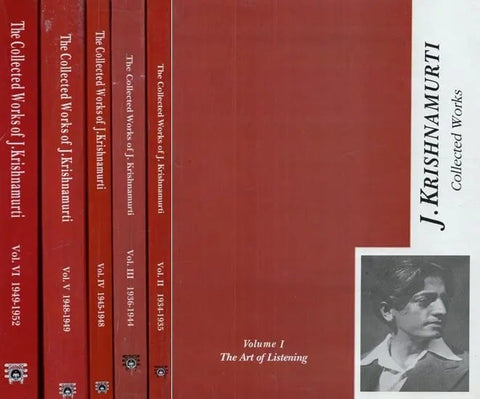

![A HISTORY OF INDIAN PHILOSOPHY [5 VOLUMES] by Surendranath Dasgupta](http://www.motilalbanarsidass.com/cdn/shop/products/HISTORYOFINDIANPHILOSOPHY_large.jpg?v=1675238163)
